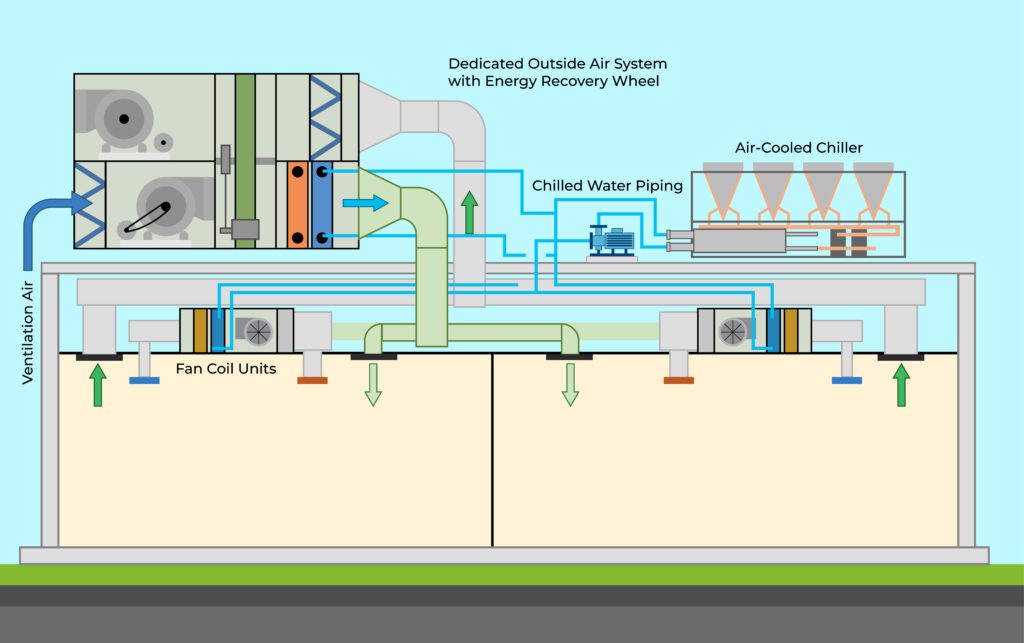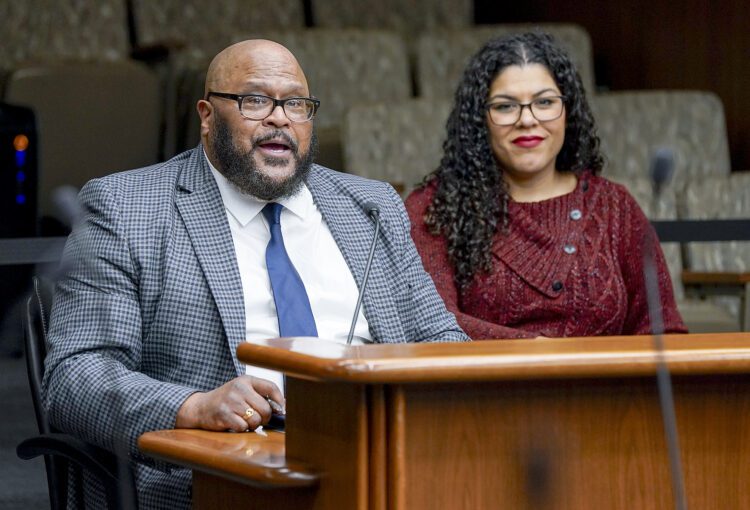Debunking Myths & Answering Questions about Geothermal Energy at Sabathani

Sabathani Community Center is making great strides toward securing a geothermal heating and cooling system for our building as part of our Community Energy Project. In fact, funding for this project is currently under review by the Minnesota State Legislature. In this article, we’ll address the common myths and questions that arise around geothermal energy, and we’ll share about how this new system can benefit our South Minneapolis community.
-
Myth: Geothermal energy is only feasible in certain locations, like Iceland.
Fact: Contrary to popular belief, geothermal energy is not restricted to volcanic regions like Iceland. The technology behind geothermal systems can be implemented effectively in various geographical settings, including urban areas like South Minneapolis. In fact, the Sabathani property has optimal space for the eight wells required. By harnessing the Earth’s year-round temperature of 46 degrees to both heat and cool the building using underground heat pumps, geothermal energy offers a sustainable and viable solution for heating and cooling buildings, regardless of location.
-
Question: Why choose geothermal over installing a new boiler?
Answer: While installing a new boiler might seem like a straightforward solution, geothermal energy presents a more cost-effective and environmentally friendly alternative in the long term. Our building, a century-old structure, lacks proper ventilation, making it challenging to simply swap out the old boilers. Additionally, replacing steam boilers with a hot water system would come with a hefty price tag of $10.4 million. However, this option would not significantly reduce our gas costs nor qualify us for substantial Federal Investment Tax Credits, amounting to $4.7 million. Transitioning to geothermal not only reduces carbon emissions and reliance on fossil fuels but also qualifies for these substantial tax credits, making it a financially prudent choice. Moreover, geothermal systems provide additional community benefits such as job creation in emerging technologies and enhanced resilience during power outages.
-
Myth: Geothermal energy systems are complicated and disruptive to install.
Fact: Geothermal systems are designed to be efficient and minimally invasive during installation. Modern advancements in geothermal technology have streamlined the process, reducing disruptions to building occupants and services. Additionally, professional engineering teams, like the ones Sabathani Community Center is using (Apex and Darcy), are well-equipped to handle the installation and ensure a smooth transition to geothermal energy.

Darcy’s groundwater-sourced geothermal technology provides cost-effective, energy-efficient, and environmentally friendly heating and cooling solution for buildings.
-
Question: Can geothermal energy help address environmental concerns in South Minneapolis?
Answer: Absolutely. Embracing geothermal energy aligns with environmental stewardship goals, particularly in regions like South Minneapolis where air quality and carbon emissions are significant concerns. (Did you know South Minneapolis has some of the highest asthma rates in the state?) By reducing carbon pollution and promoting sustainable practices, geothermal energy plays a vital role in mitigating environmental impact and fostering a healthier community for residents.
-
Myth: This ground-source heat pump system uses groundwater in aquifers to provide a constant temperature. Can’t this pollute or deplete groundwater?
Fact: Darcy has a closed loop system that’s only interaction with groundwater is the transfer of heat. The water that circulates through the closed loop does not come into direct contact with the groundwater. These designs do not consume groundwater, remove it from the subsurface, move it between aquifers, or introduce contaminants.
-
Myth: Geothermal Energy Is Too Expensive for Community Centers or Nonprofits.
Fact: While the initial investment for geothermal systems may seem higher than traditional heating and cooling methods, the long-term savings and benefits far outweigh the costs. Geothermal systems offer substantial energy savings, qualify for tax incentives, and contribute to a more sustainable future, making them a financially viable option for community centers and nonprofits committed to environmental responsibility.
The Community Energy Project (CEP) has already secured commitments totaling $6.5 million, which encompass various components like battery storage, microgrid technologies, solar panels, a new roof, and existing energy efficiency enhancements. Furthermore, there are potential funding sources on the horizon, including the above-mentioned tax credits and $6 million from an EPA Community Change grant.

Sabathani CEO Scott Redd testified at the Minnesota State Capitol about our Community Energy Project alongside Representative Athena Hollins. Photo by Michele Jokinen
Your Voice Matters
While these financial contributions mark significant progress, ongoing fundraising efforts remain crucial to fully realizing the project’s vision. State funding, currently under legislative review, would accelerate our community’s transition to clean, sustainable energy and enable us to prioritize serving our members effectively.
Your voice matters in shaping the future of sustainable energy in our community. Please reach out to your legislators and express your support for Sabathani’s Community Energy Project, House File 3949 and Senate File 3607.
The Star Tribune recently featured an article detailing our Community Energy Project. We invite you to read the article here.
